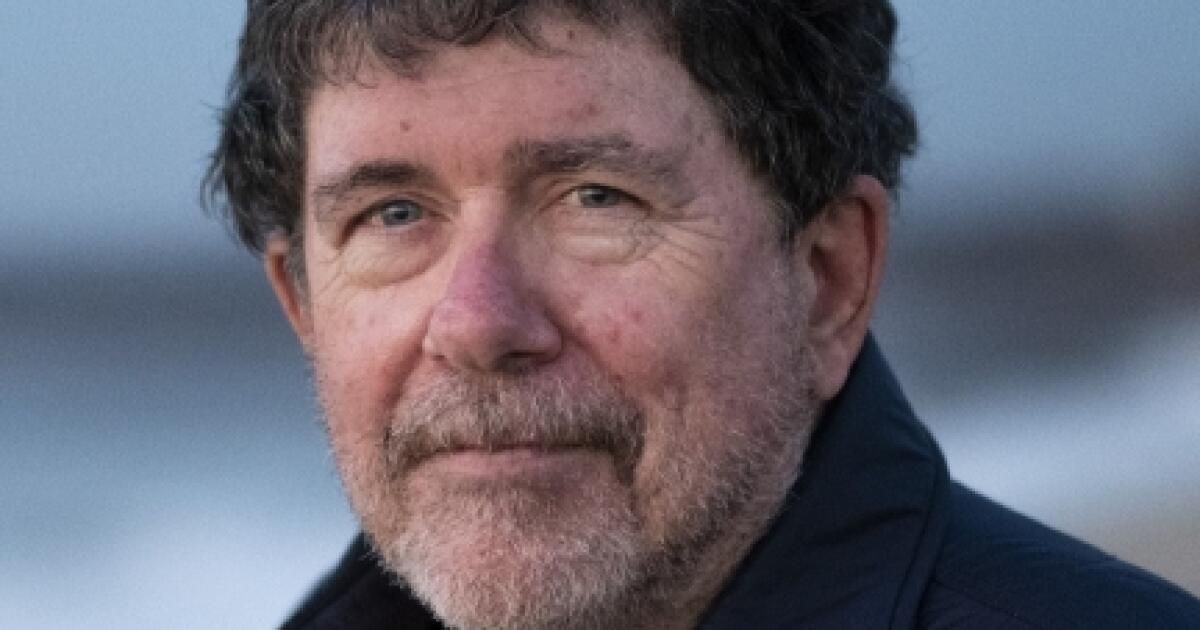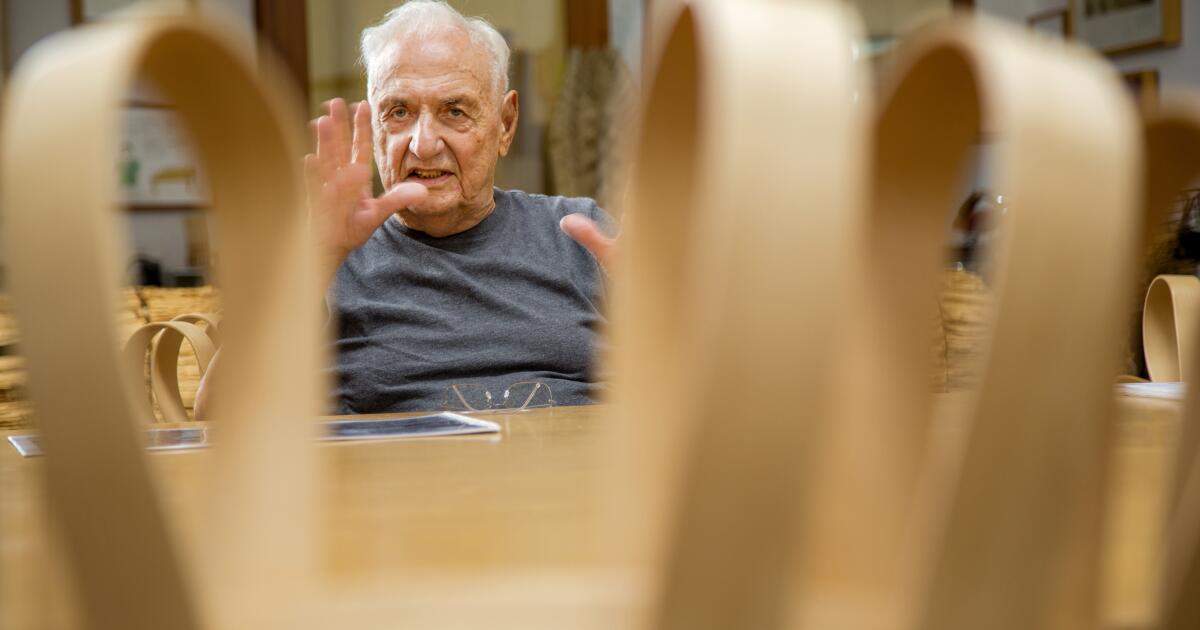Book review
Bandit Heaven: The Hole-in-the-Wall Gangs and the Final Chapter of the Wild West
By Tom Clavin
St. Martin's Press: 304 pages, $30
If you buy books linked to on our site, The Times may earn a commission from Bookshop.org, whose fees support independent bookstores.
We like to mythologize our Western outlaws and their catchy nicknames, which often include the designation “Kid” (Billy the Kid, Sundance Kid or, if you're a fan of John Ford's “Stagecoach,” Ringo Kid). Tom Clavin, author of several books about the Old West, including “Dodge City,” “Tombstone” and the new “Bandit Heaven,” is looking for something more elusive: the facts, or at least something close to them. He is not a revisionist historian like, say, Richard Slotkin, whose books, including Gunfighter Nation and Fatal Environment, examine America's founding and bloody myths. But the real stories Clavin tells (and “Bandit Heaven” often reads as a series of fascinating stories) are based on deep research.
Which doesn't mean they aren't fun. Telling the story of three late 19th-century hideouts in Wyoming and Utah (Robbers Roost, Brown's Hole, and Hole-in-the-Wall), “Bandit Heaven” reminds us how colorful language was used to describe even the most difficult circumstances. frightening For example, the winter of 1886-87 was so brutal, killing people and approximately 90% of livestock in the northern mountain ranges of Wyoming, Montana, and the Dakota Territory, that it became known as the Great Dying. If you're going, you might as well go on something called that.
Sometimes a random place name is enough to tickle the fancy. I'm quite partial to the town of Chugwater, Wyoming, home of Two Bar Ranch. And, of course, there are the names of the evildoers and the vermin themselves. Cherokee bangs. George “Big Nose” Parrott (that's just not nice). George “Flatnose” Currie (is he nicer?).
The press could also participate. When settlers Ella Watson and James Avrell were lynched at the hands of greedy ranchers who wanted their land, a newspaper headline summed up the crime: “Blasphemy of frontier beauty barbarously driven into the branches.”
As Clavin describes, the violence of the era was often perpetrated by consortiums of large landowners attempting to absorb their smaller competitors. The year 1891 saw the start of the Johnson County War, in which Wyoming cattle barons hired a hit squad to eliminate small ranchers who had the temerity to erect barbed wire fences around their land and their cattle. The barons often had security forces in their pockets; as Clavin writes: “Even in the last days of the Wild West, there could be a fine line between lawmen and outlaws.”
The Johnson County War was the basis for the 1980 film “Heaven's Gate,” a notorious flop that nearly bankrupted his studio, United Artists, but is still ripe for reconsideration. The practice of cutting ranchers' barbed wire fences is an instigating plot point in Gary Cooper's great 1940 western, “The Westerner.” But the real movie stars in “Bandit Heaven” are Bob Parker and Harry Longabaugh, better known as Butch Cassidy and the Sundance Kid. Here too Clavin applies a bit of myth-busting. Parker/Cassidy certainly traveled with Lonabaugh/Sundance, but his “best friend and main companion in the outlaw gangs he led” was an entirely different man named Elzy Lay, who was not blessed with a pithy nickname. The rather simplistic 1969 film about Butch and Sundance (which was released the same year as a far superior end-of-the-frontier western, “The Wild Bunch”), has forever cemented our conception of the duo as charming pranksters, a description which seems to have at least some basis in reality.
In the words of Ford in “The Man Who Shot Liberty Valance,” “When the legend becomes reality, print the legend.” But Clavin is generally more interested in the fact, and while he doesn't necessarily depict it with poetry or great imagination, he knows how to do it piece by piece, episode by episode. Eventually reaching Butch and Sundance, the Hole-in-the-Wall gang and their pursuers, including Pinkerton detective Charlie Siringo, who infiltrated the gang (and was also at the scene of the 1886 Haymarket bombing and its aftermath). in Chicago). . When not chasing Western outlaws, Siringo rounded up syndicate members; It was sometimes difficult to say what struck more fear in the hearts of government and law enforcement.
Clavin makes clear that cattle rustling was a routine operation in those times, often seen as a way of robbing large ranchers by the cowboys hired to work the herds. Sometimes crime went unpunished in these last days of the border. And sometimes revenge was taken with savage ferocity. “Bandit Heaven” reaches its best moment when Clavin unleashes an anecdote of macabre details. Which brings us back to our friend George “Big Nose” Parrott.
The unfortunate outlaw was hanged from the crossbar of a telephone pole after he and his gang of train robbers shot dead a pair of lawmen and Parrott attempted to escape from jail. Then things got weird. Two doctors decided to study his brain and his possible criminal inclinations. Clavin writes: “A death mask was created from Parrott's face and the skin was removed from his thighs and chest. The skin, including the dead man’s nipples, was sent to a tannery in Denver, where it was turned into a medical bag and a pair of shoes.” One of the doctors, John Osborne, wore the shoes to his inaugural ball when he was sworn in as Wyoming's first Democratic governor in 1893.
Who needs legend when the historical record offers so many riches?
Chris Vognar is a freelance cultural writer.











